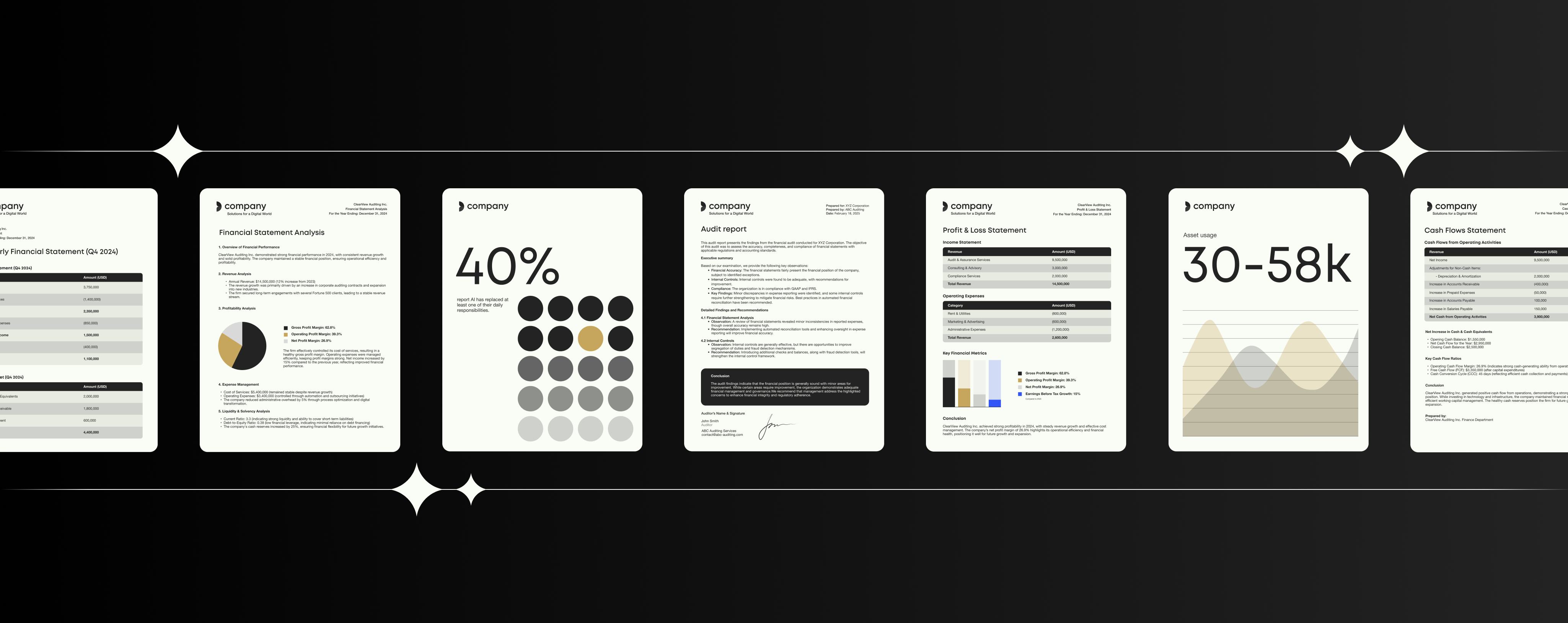Brand Finance CEO, David Haigh, on global brand success strategies

Enterprise Innovation Podcast: Top success strategies behind the world’s most valuable brands with Brand Finance CEO, David Haigh
Key takeouts from this episode
- Why brand valuation was historically considered ‘hocus pocus’ by finance and why it’s clearly far from that
- Brand Finance’s methodology behind listing the global Top500 most valuable brands
- A key reason why relatively new brands such as YouTube, Uber and Facebook have made it to the Top500 list
- What the global Top 20 brands have in common
- Why Amazon is the most valuable brand globally
- Why Chinese brands are topping the list, and predictions for this trend to continue in the next 10 year
- Why luxury brand employees (such as those from Ferrari, Gucci and Chanel) are at the core of brand success
- What consulting firms, such as PwC and Deloitte, have taught other firms in the professional services space about turning employees into brand ambassadors
Building strong brand value is more than good marketing – smart investment and dedicated employees are also vital. In this episode of the Enterprise Innovation podcast, special guest David Haigh explains the key traits that make some brands more valuable (and more successful) than others.
Brand valuation was once viewed as a bit of a joke – a made up, mystical value that had no real substance. In fact, many accountants wouldn’t view brands as an asset ignoring the ROI on branding, and refused to consider them when valuing a company.
Yet when companies are bought by others, there has always been a premium paid over the net value. This was once written off as “good will”. But as premiums grew, the international accounting standards board decided they needed a more concrete explanation. In 2004 they finally stated it was obligatory to break down the values of the assets in this “good will” figure. And one of the most tangible assets in this breakdown was brand.
Special guest David Haigh, CEO and founder of the brand valuation consultancy Brand Finance, shares his experience with some of the top companies in the world. Read on to get a sneak peek into his expertise – and check out the full podcast on maximizing brand value to learn more (link at end).
The definitive guide to template management
Increase productivity when creating documents
Measuring brand equity and evaluating the strength of brands
To evaluate the top 500 brands in business today you need industry knowledge and top market research. In this podcast episode, David gives a detailed explanation of Brand Finance’s formula for scoring the value of a brand.
First, they pull data from Bloomberg on the top 10,000 companies worldwide. Second, they split larger brands (such as Unilever or Coca-Cola) into their smaller brand components. Third, they take a cut of the top 1000 brands, and evaluate them in sectors to create a score based on how valuable the brand is. A basic breakdown of this brand strength score includes:
- From an investor’s perspective, 25% is based on inputs. They investigate how the company advertises, whether their social media presence is strong or whether the brand has good distribution and brand awareness.
- The next 25% is based on the building blocks of the brand – the outputs. This includes the company’s prices, if they produce higher margins, or how quickly they are growing.
- Finally, the last 50% is based on brand equity – how the consumer (or stakeholder) feels about the brand. Based on market research, they evaluate whether stakeholders know the brand, like it, prefer it, buy it often, or do business with it more frequently.
The higher the score, the more likely a company will perform well in the future.
How do the biggest and best brands stay at the top
Most of the top 20 brands stay in the top year after year, and it’s rare that one drops out. What do they do differently? According to David, the key is investing in the fundamentals, thinking long term and harnessing new technology.
Amazon, for example, has a strong visual identity. But alongside this, CEO Jeff Bezos has always relentlessly reinvested in better services. Ultimately, they want to be the largest company in the world – and investing in the future of the brand is paramount.
Secondly, top brands invest in backend technology, harnessing tech to get their message out there. This includes promotional technology, social media and websites.
Indeed, new tech has been hugely beneficial for newer brands – Uber being a perfect example. Even as a relatively new company, Uber still ranks in the top 100 for brand value. By embracing new trends, good brands can reach a huge and global audience very quickly.
2020 predictions for new top brand activity
According to David, the brands to watch out for in the next few years come from China. With the government pushing businesses to go global, Chinese companies from all sectors are rapidly developing across the world. This includes TikTok, a strong competitor for Instagram, and Alibaba, a Chinese multinational company similar to Amazon.
David discusses China’s aim is to be the equivalent of the USA in the 21st century:
“This time next year there will be a lot more Chinese brands, and they’ll be a lot bigger than they are now […] I suspect because for them this is like an Amazon Project […] They are going to be the next America as far as they’re concerned.”
How brand ambassadorship creates brand value
Employee advocacy is something all companies strive for. Yet communication can be challenging in vast organizations spread across the world.
This challenge should not be ignored, David points out, because brand ambassadorship is essential for adding brand value.
Why? Because businesses that focus on people do best. Take luxury brands such as Chanel, Ferrari or Gucci. It is extremely important that employees in these companies are an expression of everything the brand stands for – and believe in it themselves.
Similarly, client based companies perform better when they push brand ambassadorship. Examples from David include PwC and Deloitte – pioneers in encouraging employees to believe in their brand and put their best foot forward at all times. Indeed, many professional firms are still trying to catch up with this capability and skill – because they now see just how valuable it is.
To learn more about boosting the value of your brand, and dive deeper into David Haigh’s expertise, listen to the Enterprise Innovation podcast episode “What top brands are doing to maximize brand value” now available on SoundCloud, Spotify, iTunes and Stitcher.
Explore other Enterprise Innovation Podcast episodes


